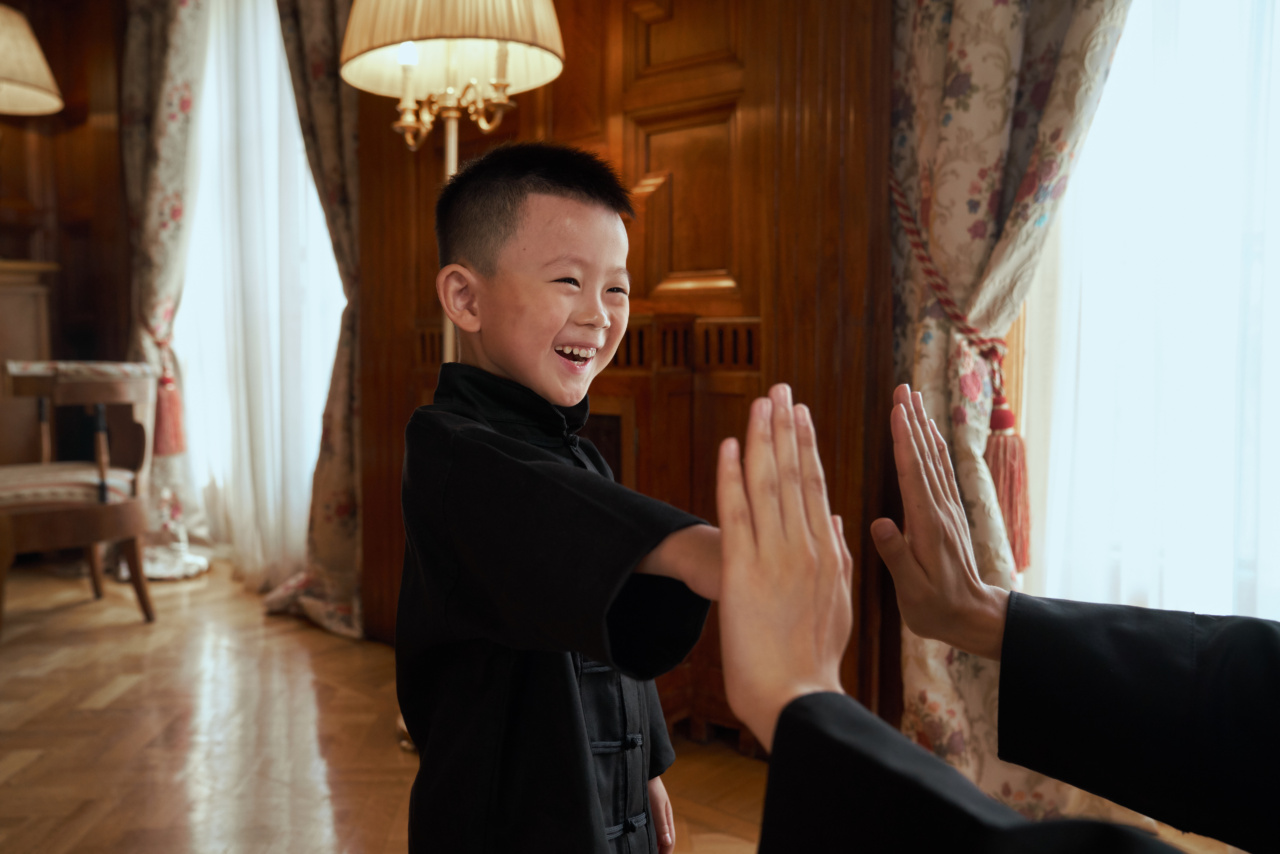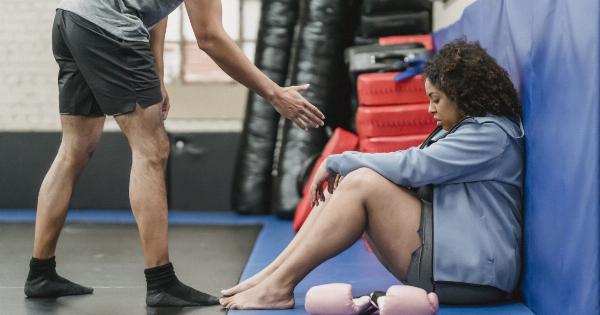As an educator, it’s your responsibility to nurture your students’ curiosity and encourage them to take an active role in their own education.
One of the most common ways that children show their engagement in the classroom is by raising their hand to ask a question or share their thoughts.
Here are the best ways to respond to a child who raises their hand:.
1. Make Eye Contact
Make sure to make eye contact with the child before acknowledging their raised hand. This lets them know that you see their hand and are ready to listen to what they have to say.
2. Use the Child’s Name
Personalizing your response by using the child’s name can make a big impact on their participation in the classroom. Addressing them by name can make them feel seen and heard.
3. Encourage Participation
Encourage participation by thanking the child for volunteering to ask or answer a question. By doing so, you are creating a positive classroom culture that values every child’s contribution.
4. Listen Attentively
When a child raises their hand, it’s essential to listen attentively to what they have to say. Avoid any distractions, such as checking your phone or your surroundings, and focus your attention on the child’s words.
5. Ask Follow-Up Questions
Ask follow-up questions to the child’s response to show that you are interested in their thoughts and ideas.
Additionally, follow-up questions can help bring clarity to their responses, which can help foster deeper understanding and open up dialogue in the classroom.
6. Praise Effort
Always be sure to praise the effort, not just the answer. This sends the message that you value the work they put in, and are invested in their academic growth.
7. Avoid Embarrassment
Avoid embarrassing a child who might not know the answer to a question or might ask something silly. Instead, give them a chance to rephrase their question or provide guidance that can help them broaden their understanding of the topic.
8. Stay Professional
Stay professional and avoid any biases or judgments while responding to a child’s raised hand. Avoid showing any favoritism and give an equal opportunity to all students to participate.
9. Build Confidence
Building confidence is critical to the classroom dynamic. Responding positively to a child’s raised hand can instill a sense of confidence in their abilities to express themselves, which can ripple into their other academic and social pursuits.
10. Offer Feedback
Offer feedback to the child and give them advice on how to improve their answers or questions. This feedback can help them actively work towards a better understanding of the concept and create a positive impact on their overall academic performance.






























